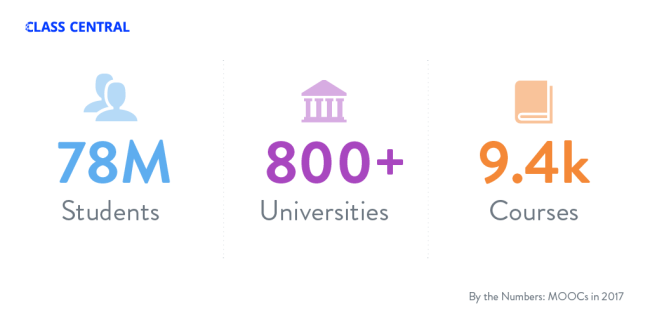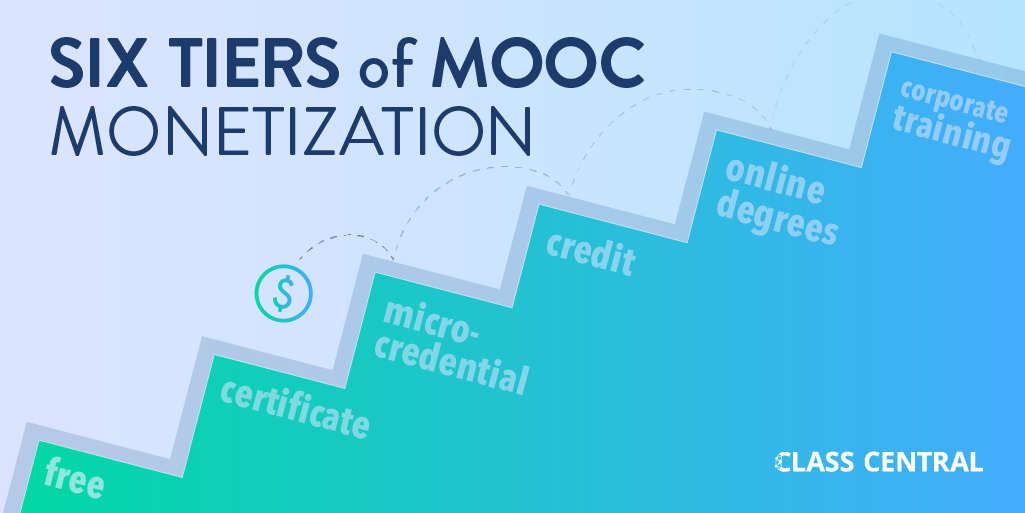You have /5 articles left.
Sign up for a free account or log in.

Class Central
An annual analysis of the landscape for massive open online courses suggests an industry in transition -- perhaps shrinking modestly in size but inching toward financial viability.
Class Central, a search engine that helps potential learners find courses that interest them, has tracked data on courses, enrollments and other aspects of MOOCs for five years. Dhawal Shah, the website's founder, acknowledges that his analysis contains some "judgment" in terms of assessing the enrollment numbers from some of the smaller players in the MOOC world, who, he says, sometimes promote total course enrollments rather than unique students. "So for certain providers, I use my own judgment and experience to discount these numbers."
He adds, "I try to be conservative with my number and have used the same methodology over the last five years."
Officials at some of the major MOOC providers said they find the Class Central numbers to be generally accurate and reflective of their own data.
To the Numbers
Class Central's 2017 report finds that the number of students enrolled in at least one MOOC continued to rise significantly, to 78 million from 58 million in 2016.
While that's a 34 percent increase, it actually represents a slowing in the number of new course takers, as 2016's 58 million total was 23 million higher than 2015's 35 million, which represented a 66 percent increase.
If the outright number of students enrolling in MOOCs is slowing slightly, course providers are unlikely to mind, because they appear to be successfully increasing the number people willing to pay -- at least something -- to take their courses. This h as been a several-year-long transition away from the "free" model that MOOCs began with.
as been a several-year-long transition away from the "free" model that MOOCs began with.
The major MOOC providers -- Coursera, edX, XuetangX, FutureLearn and Udacity -- are all experimenting with multiple ways that the providers are charging for their content, from paid certificates for single courses through microcredentials up to full master's degrees in which universities wrap significant additional services around the open courses.
Class Central reports that Udacity now has more than 50,000 paying students in its nanodegree programs, and that Coursera's paying users increased by 70 percent from 2016 to 2017.
Among other data in the Class Central report:
- Coursera is the biggest provider in terms of enrollments, with 30 million in 2017, followed by edX with 14 million, China's XuetangX with 9.3 million, Udacity with nine million and FutureLearn with 7.1 million.
- The number of massive open online courses being offered rose to 9,400, up from 6,850 in 2016. About 800 universities contributed at least one MOOC last year.
The most popular subjects for MOOCs in 2017 were technology and business, followed by the social sciences, science and the humanities.









